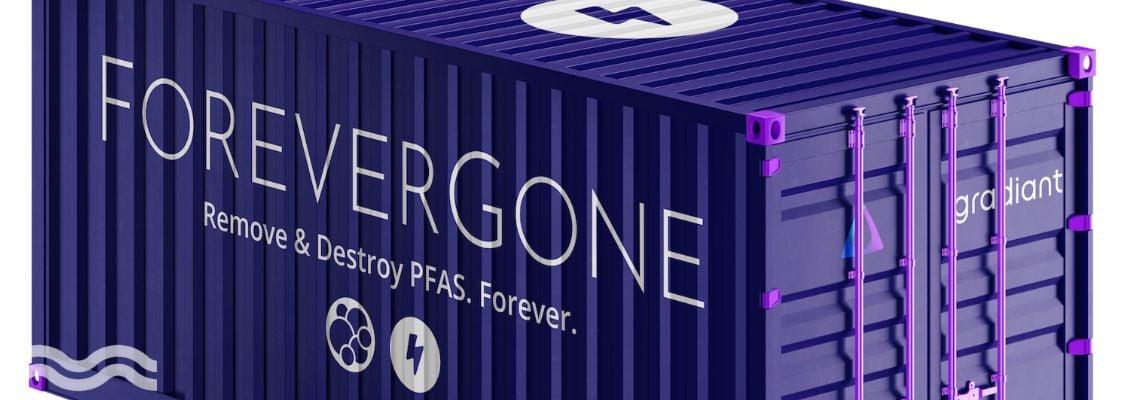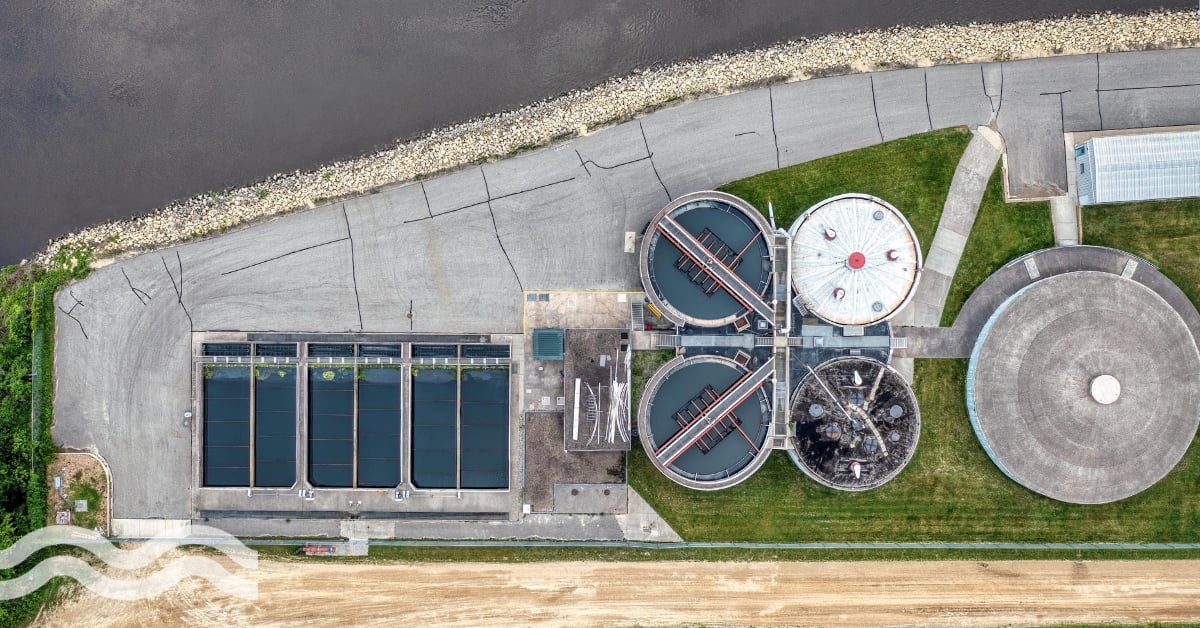PFAS: all-in-one remove and destroy solutions

With per- and polyfluoroalkyl substances (PFAS) increasingly making the headlines, the race to remove them from the environment is hotting up. Here, we take a look at two companies who are taking on the challenge.
Permanent elimination using combined technologies
With the US bringing in tougher new laws aimed at PFAS polluters, US-based Gradiant has brought to market an all-in-one solution that promises to not only remove PFAS chemicals but also to destroy them at the same time.
ForeverGone negates the problem of what to do with PFAS once removed from wastewater by tackling both jobs at the same time. Rather than incurring transport and off-site disposal costs, both municipal and industrial water sources can be treated onsite using two already proven technologies.
Micro-Foam Fractionation: this works by injecting billions of microbubbles into ‘contaminated’ water to separate and concentrate PFAS into a micro-foamate, which is optimized for immediate destruction. This process does not generate waste or use harsh chemicals.
Destruction Engine: as its name suggests… once the concentrated micro-foamate has been created, the Destruction Engine uses proprietary electrodes to transform PFAS into harmless byproducts through a process of electro-oxidation.
Removing and destroying every PFAS chemical
Whereas some PFAS solutions only deal with a subset of the PFAS chemical family, for example, PFOA, ForeverGone can remove and destroy the entire range, whether they be long, medium or short chain compounds. It has demonstrated a >99 per cent rate of destruction.
The system is housed in standalone containers that can be used in a series to allow for scale. Water flows through the system in an online continuous flow environment. At Gradiant’s commercial proving plant for PFAS-removal in industrial wastewater, which has been used by the US Air Force since 2018, feed flows average approximately 42,000 gallons per day.
Prakash Govindan, COO of Gradiant, said: “Our integrated technologies remove and destroy PFAS from drinking water and wastewater in one unit, whereas existing options merely displace the problem from one medium to another.”
Steven Lam, head of technology at Gradiant, said: “We have leveraged our deep knowledge of electrochemistry and material science in advanced oxidation processes for the removal of organics, to now solve PFAS.”
Belgium: Waterleau adds Oxyle to PFAS treatment portfolio
In Belgium, water tech company Waterleau will be integrating Oxyle’s technology into its water treatment portfolio, after the two companies signed a Memorandum of Understanding.
Oxyle’s solution effectively destroys and mineralizes all PFAS, releasing water that meets the latest regulations. The solution works by PFAS in wastewater adsorbing into Oxyle’s nanoporous piezoelectric catalyst.
Turbulence in the water activates the catalyst, creating transient surface charges across its nano and micropores. This generates highly reactive reductive and oxidative species, such hydrated electrons and hydroxyl radicals, which break down the PFAS into harmless mineral constituents, such as carbon dioxide and flourides.
Jeroen De Lathouwer, VP business development, Waterleau said: “In our mission to fight PFAS, Oxyle plays a vital role. Their ground-breaking technology not only efficiently eradicates stubborn short-chain PFAS from wastewater but does so with remarkably low energy consumption.”
The process can be further enhanced using up-concentration solutions, nanofiltration and foam fractionation.


